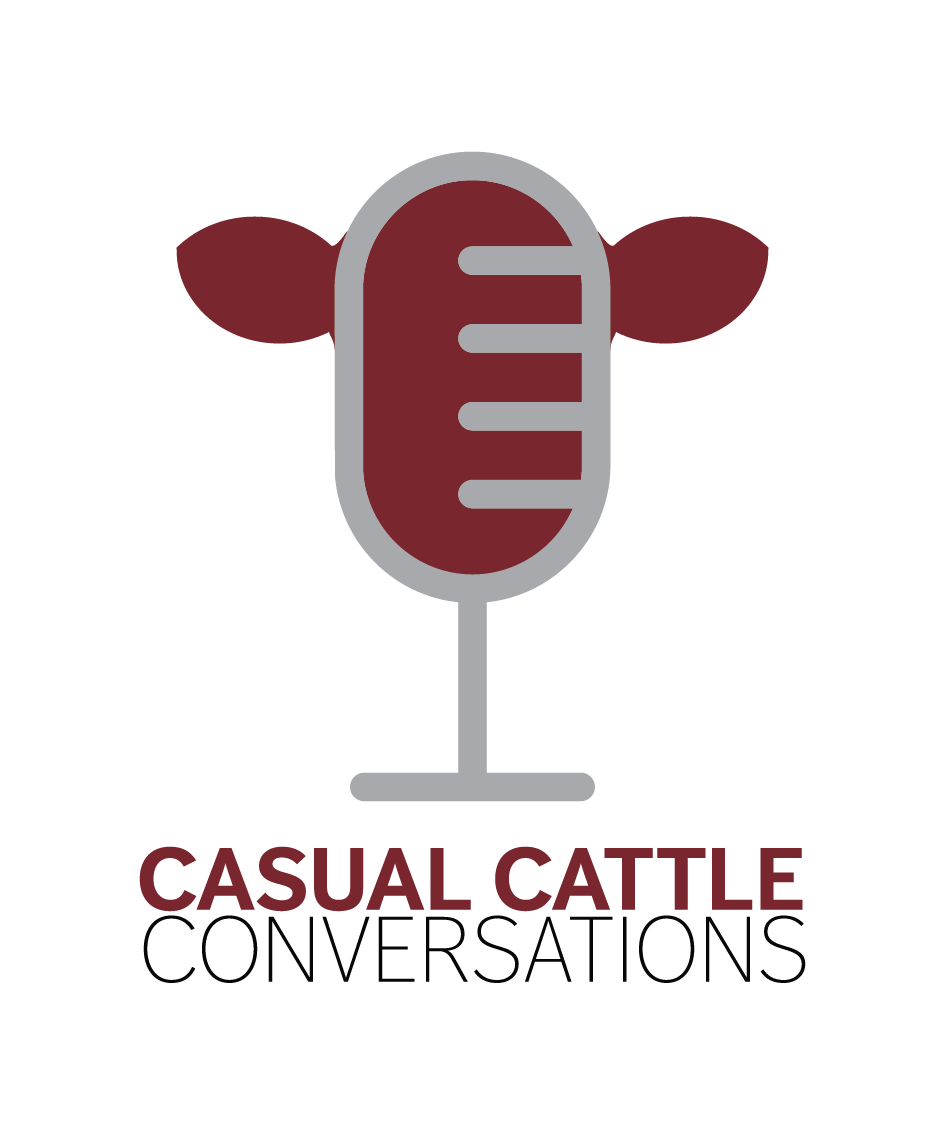Attract More Buyers with Value Added Programs
Value-added programs aren’t new to ranchers, but that doesn’t mean they are being utilized to their fullest potential. For the right cattlemen, they make a difference in profitability and reputation for years to come.
Why do these programs make such a difference to the entire beef supply chain?
“What it signals to buyers is that you as a producer are serious about quality. You want to be transparent and trustworthy and more committed to animal health and productivity,” says Jeananne Drouhard, Value Added Department Team Lead at the Red Angus Association of America.
Value-added programs also help cattle stand out without the need to change many management practices.
“Verified differentiation is the biggest thing. We see a lot of cattle going through the marketplace and being able to add more information and documentation to your calves sets you apart,” says Drouhard. “Aligning with the practices that you may already be doing in your operation and adding that extra documentation allows for a larger access in the marketing channels.”
Calves that stand out paired with producer commitment to quality and transparency can create long-standing relationships with buyers and increase demand.
“We definitely see a lot of our producers are always looking for ways to add premiums, develop a long-term relationship with buyers and increase the amount of buyers that are bidding on their cattle,” says Drouhard.
The best part is, these programs are effective regardless of the method of sale and don’t require much additional input.
“Value added is sought after regardless of how you're marketing your cattle. We know producers in our program have repeat buyers eager to purchase those cattle year in and out,” says Drouhard.
The RAAA specifically has value-added programs that are proving to be beneficial for commercial cattlemen.
Drouhard says, “Our two primary programs are USDA process verified—Angus Access and Allied Access. Angus Access verifies that cattle are at least 50% Angus and includes age and source documentation. Allied Access removes the genetic requirement.”
Hybrid vigor also doesn’t go unrecognized.
She says, “We also have breed partnership programs like Premium Red Baldy and American Red, designed for producers capitalizing on hybrid vigor and meeting regional demands.”
If the Angus Access program sounds new, it’s simply a rebrand of the long-standing yellow tag Feeder Calf Certification Program.
“Back in July, we announced a rebrand of our feeder calf certification program—FCCP, or the Yellow Tag Program. It’s been around for 30 years, and we wanted to put a new face and name on it that clearly defines what the program means,” says Drouhard. “The base of the program has not changed. It's still the same process verified program with the same integrity and history—it’s just the name and logo that have changed.”
Angus Access at its core is an affordable and effective program for producers to join.
She says, “The Angus Access program is really affordable, simple, and effective to stand out in the marketplace. It doesn’t cost anything other than the tag, and we try to make it easy to add value to practices producers are already putting in place.”
The other change producers and buyers should be aware of with this rebrand is the exclusive use of EIDs.
“Starting in January 2026, the Association is moving to only offering 840 EIDs as the program-compliant tag. Visual dangle tags will still be available for management purposes, but they must accompany an EID,” says Drouhard. “The main reason for switching to EIDs is traceability. Certified beef labels need documentation and proof, and traceability through the feedlot and packing plants is extremely important.”
Speaking of feedlots and packing plants, it’s equally as important they understand the value of these programs.
She says, “Our team at Red Angus, our value-added department as well as our commercial marketing team, is constantly working with feedlots, packers and certified beef programs to make sure they understand what our programs are.”
At the end of the day, value-added programs come down to helping the commercial cattlemen capture as much value as possible by capitalizing on the management practices and decisions they are already doing.
Drouhard says, “My goal has always been to make sure producers capitalize on the value they’re already creating. Don’t leave value on the table—we want to help you capture that.”
You can listen to the full conversation on the Casual Cattle Conversations podcast.

